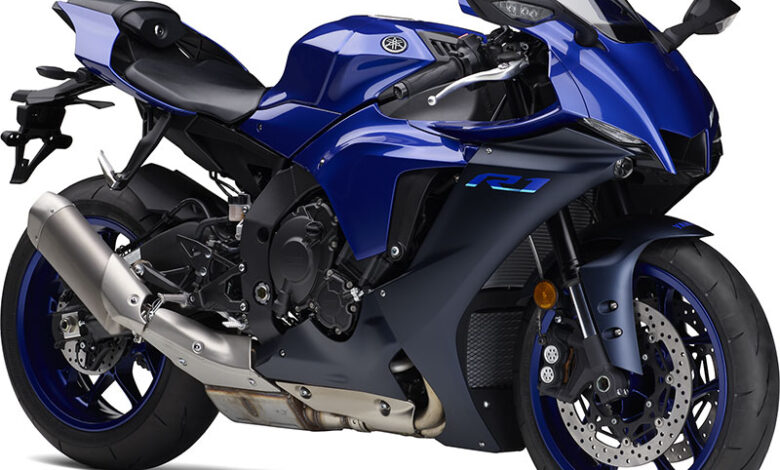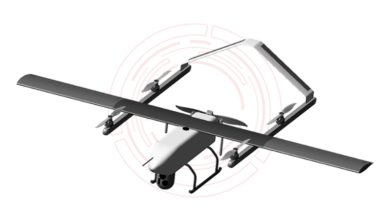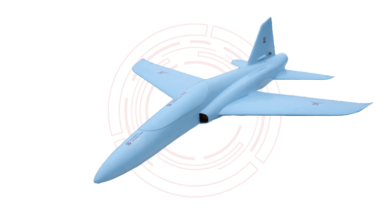What Is a Motorcycle?



Motorcycles, often simply referred to as “bikes,” are a popular and iconic form of transportation and recreation. They offer a thrilling sense of freedom and adventure on the open road. In this article, we’ll explore what defines a motorcycle, its various components, and the rich history that has made it a symbol of both transportation and lifestyle.
Defining a Motorcycle
At its core, a motorcycle is a two-wheeled motor vehicle powered by an internal combustion engine. Unlike a bicycle, which relies solely on human propulsion, motorcycles are equipped with engines that generate the necessary power for propulsion. This engine-driven design is what sets motorcycles apart from other two-wheeled vehicles, seen in bikes such as BSA motorcycles from bmgscooters.com.
Key Components of a Motorcycle
- Engine: The engine is the heart of a motorcycle, typically situated between the two wheels. Motorcycles can have various engine configurations, including single-cylinder, twin-cylinder, inline-four, and V-twin, each offering distinct characteristics in terms of power delivery and performance.
- Frame: The motorcycle’s frame provides structural support and houses the engine and other components. There are various frame designs, including the classic diamond frame, perimeter frame, and trellis frame, each contributing to the bike’s handling and stability.
- Wheels and Tires: Motorcycles have two wheels, usually of different sizes. The front wheel is typically smaller and steerable, while the rear wheel is larger and driven by the engine. Pneumatic tires provide traction and cushioning, which is crucial for a smooth ride.
- Suspension: Suspension systems, consisting of forks in the front and shock absorbers in the rear, help to absorb bumps and maintain tire contact with the road. Adjustable suspension allows riders to fine-tune their bike’s handling.
- Brakes: Motorcycles are equipped with disc or drum brakes, which can be operated by hand or foot. Modern motorcycles often feature advanced braking systems with anti-lock braking (ABS) for improved safety.
- Transmission: Most motorcycles have manual transmissions, which require riders to shift gears manually using a clutch lever and gear shifter. However, some models offer automatic transmissions for a more user-friendly experience.
- Controls: Motorcycles have handlebars for steering and various controls, including the throttle, brake levers, clutch lever (if equipped with a manual transmission), and various switches for lights, signals, and other functions.
- Fuel System: Motorcycles typically use gasoline or, in the case of electric motorcycles, electric power stored in batteries. Fuel is delivered to the engine through a carburetor or fuel injection system.
History and Evolution
The history of motorcycles dates back to the late 19th century when inventors and engineers began experimenting with motorized bicycles. The late 1800s and early 1900s saw the emergence of numerous motorcycle manufacturers, with iconic brands like Harley-Davidson, Indian, and Triumph leading the way.
Motorcycles played a significant role in transportation during both world wars, providing a versatile means of moving troops and supplies. Post-war, motorcycles became associated with leisure and rebellion, thanks in part to their portrayal in popular culture, from Marlon Brando in The Wild One to Steve McQueen’s iconic rides.
Today, motorcycles come in various styles, including cruisers, sport bikes, touring bikes, and off-road motorcycles. They serve a wide range of purposes, from daily commuting to long-distance touring, racing, and recreational riding.
Conclusion
In summary, a motorcycle is a two-wheeled motor vehicle powered by an internal combustion engine, distinct from bicycles due to its engine-driven propulsion. Motorcycles encompass a wide variety of styles and functions, and their rich history and cultural significance have made them much more than just a means of transportation—they’re a symbol of adventure, freedom, and individuality on the open road.


